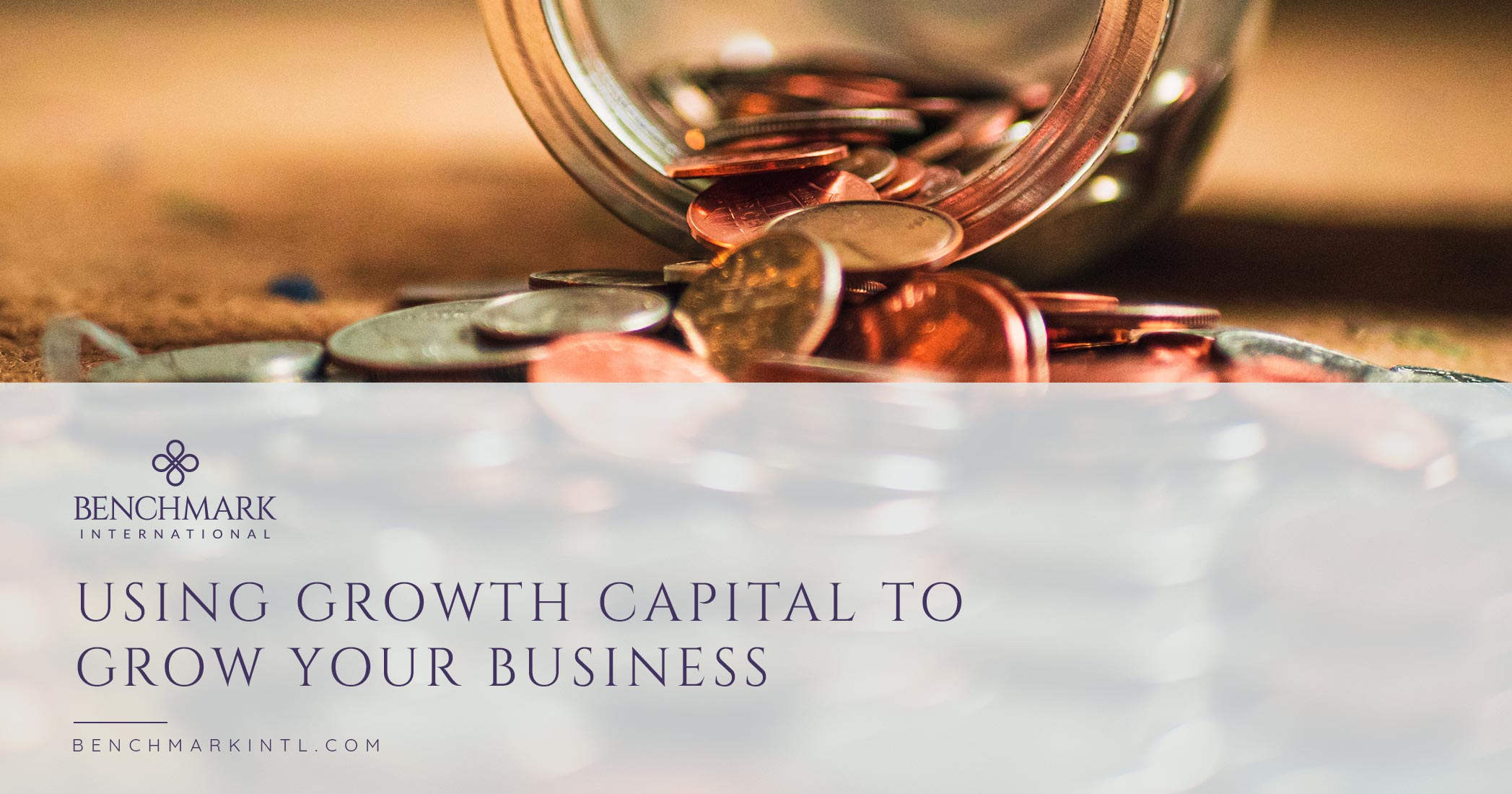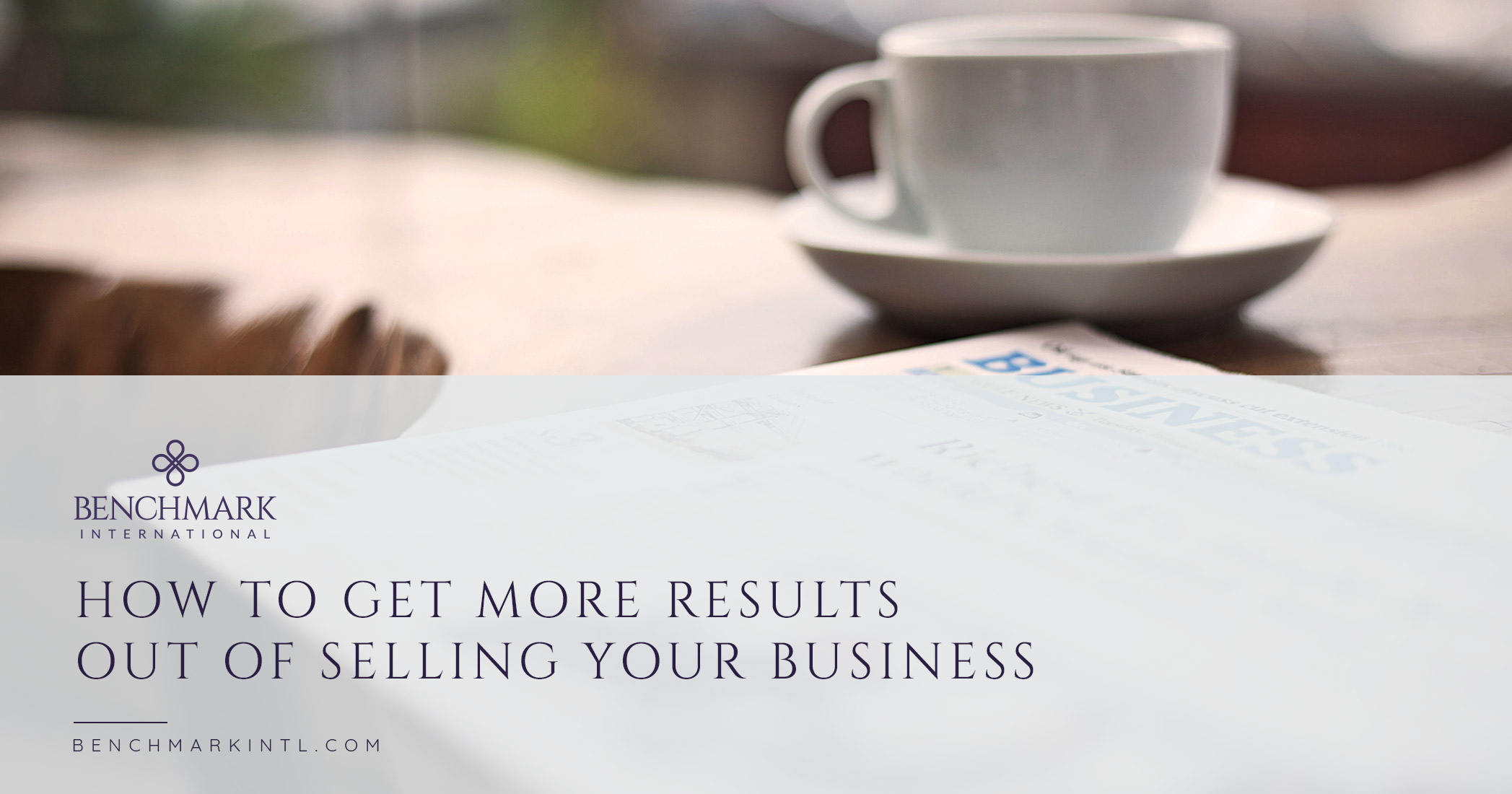Buyers and Sellers approach a given transaction from different perspectives. The seller wants to receive as much as possible, as quickly as possible, with little or no potential liability to the buyer or parties associated with the seller’s pre-sale operation of the business. The buyer wants to pay as little as possible, defer payment as long as possible, contractually obligate the seller to indemnify the buyer against actual or potential known or unknown liabilities and ensure that the seller can make good on those obligations by escrowing sales proceeds or deferring payment. The give and take, or push and shove, over these issues takes place during the entire transaction process but predominantly during the negotiation and drafting first of the Letter of Intent and later the Purchase and Sale Agreement.
Relative bargaining power, from whatever source, often determines which side controls these issues. The other major determinant is the level of experience and degree of sophistication of the parties’ M&A advisors and legal counsel. It is essential, but not sufficient, that a transaction party’s representatives understand what is in that party’s best interest. They must also understand what motivates the other side and how their representatives are likely to try to realize those goals. If both the seller and the buyer stand fast concerning their positions, no transaction will occur. This is where experienced M&A advisors are critical. Helping the parties understand which positions are crucial to their goals and which can be negotiated away is a key function of the professional advisor.
Below are several negotiating points common to many middle-market transactions, and the normal positions of the seller and the buyer with regards to those issues.
Material Terms in the LOI
Sellers are often best served by requesting as many material deal terms in the Letter of Intent as possible. This is because the maximum point of the seller’s leverage is just, before the execution of a Letter of Intent. At this stage, the buyer has expressed interest in the transaction and is unaware of issues that may surface in due diligence. The seller has not yet agreed to exclusivity, and the seller’s M&A advisors have created a competitive environment or at least the illusion of one.
The buyer is best served by negotiating an exclusivity agreement and skipping the LOI altogether. That means, proceeding directly to the negotiation of a definitive purchase agreement. The buyer’s fallback position should be negotiating an LOI with as few binding terms as possible, except for exclusivity. Either approach gives the buyer strong negotiating leverage and the time to complete due diligence before negotiating material terms. These tactics also minimize the risk that the LOI will be considered a binding agreement giving rise to damages in the event the deal is not consummated.
Stock vs. Assets
Nearly every corporate seller should sell stock rather than assets if the buyer will agree. However, nearly every buyer will refuse. The benefits to the seller from a stock sale include 1) potential tax savings if the target is a “C” corporation, 2) passing disclosed and undisclosed liabilities on to the buyer, and 3) a generally less complicated and less time consuming, thereby a less expensive transaction. On the flip side, an asset purchase generally provides buyers with a tax-advantageous step up in the basis for the assets and avoids liabilities other than those expressly assumed. Except for “successor liabilities” imposed by public policy such as environmental, product liability, employee benefits, and labor-related issues and liability under “bulk sales” laws. Experienced buy-side advisors will also be aware of potential “fraudulent conveyance” concerns by ensuring that adequate arrangements are made to pay the seller’s creditors and/or restricting distribution of proceeds to the seller’s equity holders until creditors are paid. Although this aspect of transaction structure is generally presented as a “fait accompli,” the seller, the buyer, and their respective advisors should be aware of the issues and how they bear upon the cost, timing, and structure of the deal.

Caps and Baskets
The buyer will insist upon the seller’s representations, warranties, and indemnifications going to issues that materially affect the buyer’s benefit of its bargain. The seller wants to avoid being “nickel and dimed” for minor issues and serving as the buyer’s insurer against the normal risk of doing business.
The seller will negotiate a cap on liability and attempt to avoid carve-outs from the cap for specific issues. The cap is often a percentage of sale proceeds, and from the seller’s perspective should be negotiated in the LOI. The cap or, lack thereof, can materially affect the value of the transaction and the seller is not well-served by giving up exclusivity until it has been negotiated.
The basket is, in effect, a deductible that must be satisfied before indemnification obligations begin. Accordingly, the buyer can only recover for the aggregate amount of damages over the basket (and below the cap). Variations on this theme include mini baskets related to specific issues and whether or not indemnification begins at the first dollar or is limited to amounts over the basket.
Non-Reliance
An important risk allocation to be negotiated is a non-reliance provision contained in the acquisition agreement. The seller wants this provision to force the buyer to acknowledge that it is relying solely on its due diligence, and the seller’s representations and warranties contained in the acquisition agreement. The buyer is precluded from asserting liability against the seller based upon statements, projections, and oral representations made outside the four corners of the document. The buyer will resist this provision.
Termination Fee (Reverse Breakup Fee)
A tactic not often addressed in middle-market transactions, but a valuable one is the termination fee. The seller requires the buyer to pay a fee, equal at least to the number of the seller’s expenses and perhaps as high as ten percent of the purchase price if the transaction is terminated at no fault of the seller (for example, if the buyer cannot finance the transaction). This type of liquidated damage provision may reimburse the seller for its out-of-pocket expenses, but it will not compensate for lost opportunity costs for failing to pursue alternative transactions because of exclusivity. Again, the reason the buyer will reject or seek to severely restrict such a provision is obvious.
Termination fees are sometimes referred to as reverse breakup fees because they turn a breakup fee on its head. Breakup fees are paid by the seller to the buyer if the seller won’t or can’t consummate the transaction at no fault of the buyer. The seller changes its mind, finds a better deal, or has insurmountable issues discovered during due diligence that adversely affect its value. In the middle-market, these provisions are generally intended to compensate the buyer for its out-of-pocket costs, rather than opportunity costs.
MAC Clauses
A MAC (Material Adverse Change) clause is one of the more contentiously negotiated provisions in the acquisition agreement. In a MAC, the seller warrants that as of a date certain (usually the closing date) there has been no material adverse change in the seller’s business. The M&A counsel has a field day negotiating the specific language. What is the applicable period? Are business “prospects” included? Should the target and its subsidiaries be taken as a whole or viewed independently for purposes of determining materiality? What should be excluded from the operation of the MAC provision? Simplistically speaking, if the seller’s business performance has declined during the relevant period or is an indemonstrable risk of decline (prospects), then the buyer can rely upon the MAC provision to terminate the deal and recover expenses.
In the middle-market, MAC clauses can be a significant cause of transaction failure. To boost enterprise value, the sellers often rely upon very recent favorable EBITDA numbers. If that performance cannot be sustained during the course of the transaction, for whatever reason, the buyer may rely upon the MAC clause to terminate or renegotiate the deal.
Escrows
A favorite buyer tactic is to attempt to escrow a portion of the purchase price to ensure that funds are available to compensate the buyer for breach of warranties by the seller. Sellers resist escrows and attempt to limit their impact. For example, the sellers should ensure that any escrow is held by an independent third party so that the buyer can’t just unilaterally offset. The seller should negotiate limitations as to the length of time the escrow is held and seek to restrict to the extent to which the escrow can be applied. If the seller cannot avoid an escrow, it should seek to limit the buyer’s recourse to only the escrow proceeds and preclude additional recovery.
Conclusion
The foregoing is just a few of the issues that may arise between the seller and the buyer is a strategic transaction. Every transaction is different; the relative positions taken by the respective parties will vary based upon their circumstances at the time. Experienced, knowledgeable M&A advisors, on both sides of the deal, are critical to the success of every transaction.
Author
Don Rooney
Transaction Director
Benchmark International
T: +1 813 898 2350
E: Rooney@benchmarkintl.com
READ MORE >>
 Benchmark International
Benchmark International  Benchmark International
Benchmark International 











































